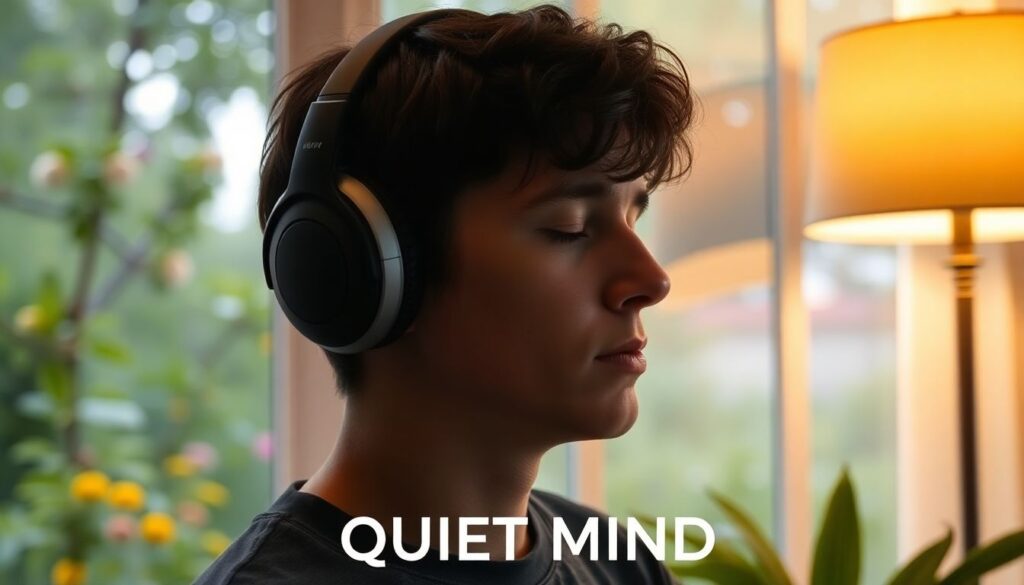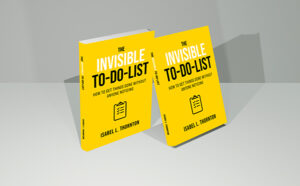
“Just be present.” “Clear your mind.” “Focus on your breath.”
For many autistic adults, these popular mindfulness instructions don’t feel calming—they feel impossible. Traditional mindfulness practices are often designed for neurotypical brains, assuming stillness and silence feel safe and accessible. But for those experiencing autistic burnout, these expectations can feel more like pressure than peace.
The good news? Mindfulness can be a helpful part of recovery—if it’s adapted with sensory needs, communication styles, and cognitive load in mind. In Embracing Self-Care for Autistic Burnout: Your comprehensive resource for managing autistic burnout, we explore low-demand, neurodivergent-affirming ways to use mindfulness without overwhelm.
What Mindfulness Really Means for Autistic Adults
Mindfulness isn’t about emptying your brain or sitting perfectly still. It’s about gently bringing attention to the present moment—with curiosity, not judgment. For autistic individuals, mindfulness works best when:
- Sensory input is controlled and comforting
- The practice is flexible, not rigid
- Repetitive or stimming behaviors are welcomed
- Focus is internal, external, or both—depending on comfort
It’s not about escaping your thoughts. It’s about safely observing your experiences, even if they’re noisy, painful, or nonlinear.
Gentle Mindfulness Practices That Support Recovery
These practices are shared by autistic adults in the book who found them helpful during burnout:
🌀 Object-Based Grounding
Hold a favorite texture (like a smooth stone or soft fabric) and bring awareness to how it feels. No need to close your eyes or “zone out.” Just notice the sensation.
🌳 Nature Watching (Not Walking)
Sit near a window or outside and observe the movement of leaves, birds, or clouds. Let your mind wander—it’s okay. Just watching is enough.
🎵 Mindful Listening to a Comforting Sound
Put on a playlist of rain sounds, soft instrumental music, or white noise. Focus on how the sound feels in your body, not just your ears.
✏️ Sensory Journaling
Instead of writing long thoughts, use lists:
- “Things I see, hear, feel right now”
- “Things that make me feel safe”
- “One word to describe today”
This approach lowers pressure while still fostering awareness.
🌬️ Breathing with External Cues
Instead of focusing on breath alone, match your breath to a visual (like a breathing animation), a light rhythm, or even a stimming motion like rocking or tapping.
What to Avoid During Burnout
Some practices may not be helpful when you’re deeply burned out, such as:
- Long silent meditations
- Group mindfulness sessions with unfamiliar people
- Practices that require stillness or suppressing stimming
- Instructions that feel condescending or invalidating
If a mindfulness practice increases your anxiety, it’s not the right one for now—and that’s okay.
Mindfulness as a Bridge to Recovery
Mindfulness doesn’t cure burnout. But it can help you:
- Tune into your needs before a full shutdown
- Lower sensory reactivity
- Reconnect with your body in non-stressful ways
- Cultivate emotional safety
In Embracing Self-Care for Autistic Burnout, you’ll find audio options, QR-code meditations, and mindfulness templates designed for autistic adults—not adapted after the fact.
🧘 Explore burnout-friendly mindfulness in the book
💬 “I used to think mindfulness wasn’t for me. This book showed me how to do it my way—finally.”
Author

Laura Mitchell writes with a focus on supporting autistic adults and those navigating the challenges of autistic burnout. Drawing on personal experiences and countless conversations within the neurodivergent community, she creates resources that are compassionate, practical, and easy to follow.Her work is grounded in a belief that autistic voices deserve to be heard and understood, and that self-care should be accessible and validating for everyone. Through her books, Laura aims to provide encouragement, clarity, and strategies that help readers build lives that feel sustainable and authentic.When she’s not writing, Laura enjoys quiet routines, creative hobbies, and walking in the hills close to her country home.





